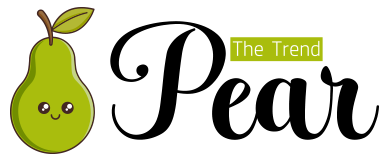
A resume is one of the most important documents that you will create during your career. It serves as your introduction to potential employers and provides them with an overview of your qualifications. Crafting a well-thought-out, professional and effective resume can make the difference between landing a job and being overlooked. Let’s take a look at the key elements of creating an effective resume examples.
The first and most important step when writing a resume is to identify your target audience. A resume should be tailored to the specific job or industry that you’re applying for. This means researching the hiring company and its culture, as well as any relevant trends in the industry. Doing this research will help you to shape your resume so it appeals to the hiring manager.
When writing your resume, make sure that you include a summary statement that potential employers can quickly glance at and get an understanding of your job qualifications. This should be succinct and provide a quick overview of your experience, skills, and achievements.Your resume should also include specific details about your past jobs. Make sure to include the title, company name, and dates of employment for each job. Additionally, include details about your job responsibilities and any notable accomplishments or awards you have earned.
The Basics of Resume Writing
Your resume should begin with a header that includes your name, contact information, and possibly links to websites or social media profiles that could help provide more information about you. Your objective should be clear and concise, detailing what type of job you are looking for or what type of industry you would like to work in. You should also include a short summary statement which outlines your core competencies and qualifications in just two or three sentences.
Next, list out any relevant education you have received such as degrees or certificates. Include any honors or awards that may be pertinent to the position you are applying for, such as academic awards for high GPA or awards from volunteer organizations. After this section comes the experience section which should detail all relevant job experiences from previous positions including internships, part-time jobs, full-time employment, etc. For each position listed, include details about your responsibilities and accomplishments made during each role.
Finally, it is recommended that you include any special skills that may not have been covered in other sections such as computer programming skills, foreign language fluency, certifications or licenses held by an industry association etc. This section can also include hobbies if they relate to the job you are applying for such as photography or graphic design if those skills can be applied to the position in some way.
When crafting an effective resume there are several important steps to take into consideration including selecting relevant experience, education and skills sections; adding contact information; writing a clear objective; providing detailed descriptions; and including extra credentials if applicable. Creating an effective resume takes time but when done correctly it can set you apart from other candidates while showcasing why it is that employers should hire you over another candidate with similar qualifications. With these tips in mind, creating an effective and professional resume is easier than ever before!






More Stories
Rejuvenate Your Mind and Body with a Tantric Massage in London
Why Do People Purchase Fake IDs?
Enjoy the Benefits of a Professional Mommy Makeover in Sarasota